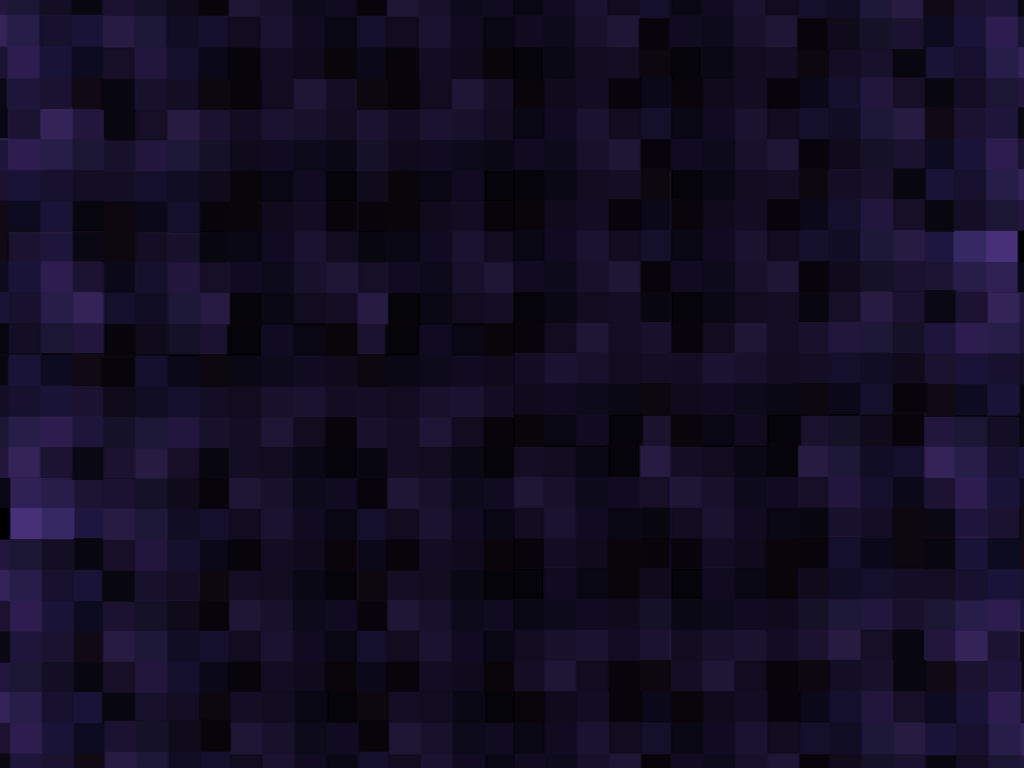Like clay being reshaped, a male/female duet opens into a trio with another woman's entering; then the male slithers away. At another spot Katherine Wells and Brendan Barthel's sharp, precise and gesturally rich encounter finally leaves her hanging upside down. Norma Fong, dancing throughout the evening as if hooked up to a high voltage generator, is partnered by three men and finally carried aloft--as a prize or as personal triumph -- I couldn't tell.
In March "Scrubbing the Dog", to deliciously folksy tunes by Paul Carbonara, was seen as a work-in-progress. The piece, apparently has not yet gained its final shape; but it now includes a series of duets framing the central one for Barthel and Crystaldawn Bell. Beautifully articulate performers even in the smallest details, they suggested a tension-filled relationship that ebbed and flowed, sometimes like a ping pong game, sometimes languidly, often uncertainly. Bell is African American, Barthel Caucasian. Moses has said that he wanted to look at the way racist imagery has been "scrubbed" of its original meaning. I didn't see it, and again, I kept wondering why.
Cuban American Ramos choreographed "What Happens After You Fall" on Barthel, Dexandro Montalvo and Victor Talledos. Trained in both folkloric and modern dance traditions, Ramos is locally best known for his yearly Cuba Caribe Festival. So seeing him work in an original vein was refreshing. He clad the three men in traditional white pants and shirts and gave them monumental, athletically demanding phrases for which the performers had to call up every ounce of physical strength that they could muster. Their bodies interlocked in rough pulls, rolls and yanks, supporting and competing with each other. At times they looked as if they had stepped from Depression era murals in which the human is depicted larger than life. Some of the interactions, however, looked unnecessarily precarious; the dancers clearly needed more time to make this unfamiliar language their own.
Bell, Fong, Sadan and Wells had not such difficulties in Fenley's exquisite "Vessels." Clad in short, differently colored chitons, these fierce Moses dancers became muses in some kind of Elysian Fields. The vocabulary of walks, skips, little hops with limpid port de bras, performed in unisons, canons and mirrors looked quite simple but, of course, depended for its affective power on immaculate coordination, a light spirit and a sense of airy space. The dancers delivered throughout. Philip Glass' String Quartet #4 gave the work the sound carpet through which the women, sometimes traipsed just a little too literally. More independence would have been welcome.
With "Radiance and Polarity" New York choreographer Bell, I think, made her Bay Area debut. The quartet, for (Chrystaldawn) Bell, Fong, Sadan and Wells, demanded speed, precision and an ability to project tiny details with total focus. Those are qualities at which the Moses dancers excel. It's unfortunate that this final work did not open yet another window into these remarkable dancers' capabilities.
"Radiance" started out as an extended solo for Fong who was being watched from the corners by her fellow dancers. Fong's virtuosity -- spiraling at top speed into isolations from which emerged tiny finger gestures crawling up her back -- was breathtaking. Yet something omninous seemed in the making as her partners moved in on her. However, the tension evaporated as the women congenially sat feet-to-feet. Two parallel double duets predictably ended with the dancers changing partners. They finished in unisons with their fingers crown-like on their heads. Perhaps, a second viewing will make more sense of an ultimately vapid looking work in which the whole did not seem to amount to more than its constituent parts.



